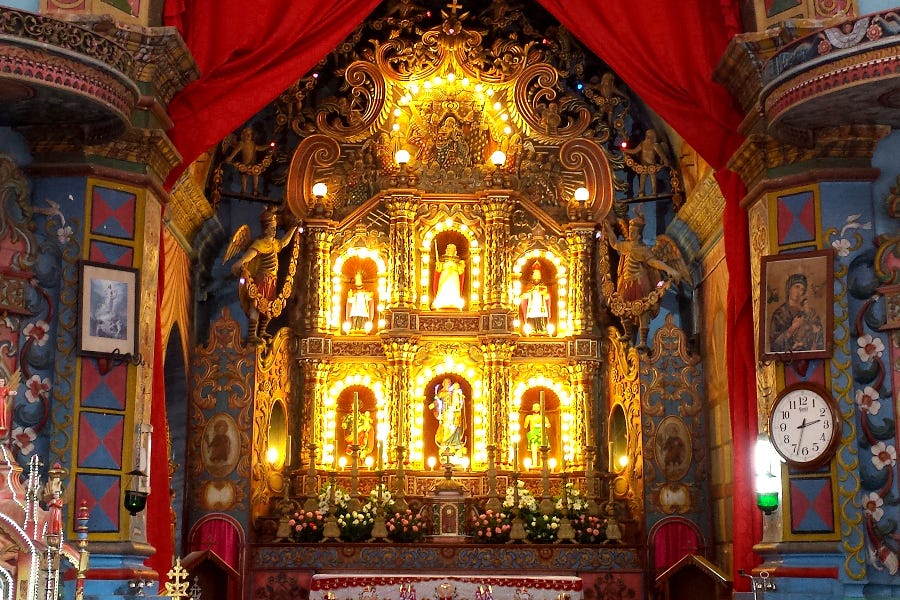The ancient Catholic group battling to keep its unique marriage rules
Knanaya Catholics in India have practiced strict endogamy for centuries. Now, they are facing a significant legal challenge.
In April 2021, an Indian court issued a judgment that threatened to overturn a custom practiced by a Catholic community for almost 1,700 years.
The 155-page ruling by a district court in Kottayam, Kerala State, focused on the marriage rules of the Syro-Malabar Archeparchy of Kottayam, a unique ecclesiastical circumscription in southern India.

